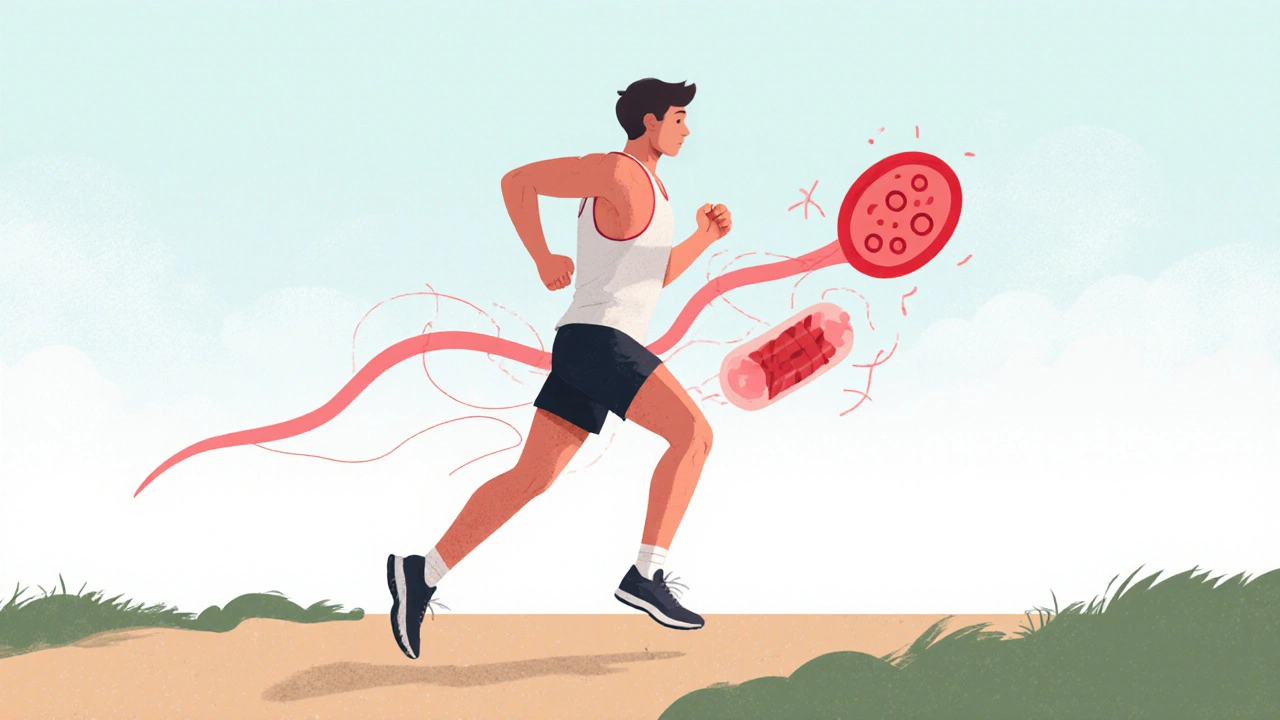If you’ve ever heard a doctor say you need a blood thinner, they’re talking about an anticoagulant. In simple terms, anticoagulants are medicines that stop your blood from clotting too quickly. They don’t dissolve clots that already exist – that’s what clot‑busting drugs do – but they keep new clots from forming in the first place. This makes them essential for people with heart rhythm problems, deep‑vein thrombosis, or a history of strokes.
Why does your body need this? Blood naturally wants to clot when you get a cut, but sometimes the clotting system goes into overdrive. A clot can block a vein or artery, cutting off blood flow to the brain, lungs, or legs. Anticoagulants keep the clotting cascade in check, lowering the risk of life‑threatening events. The trade‑off is a higher chance of bleeding, so knowing how to use them safely is key.
There are three main families you’ll see on prescriptions:
Choosing the right one depends on your condition, kidney function, other medicines you take, and how well you can stick to a dosing schedule. Your doctor will weigh the pros and cons and may start you on one drug before switching later.
Because anticoagulants thin your blood, even a minor cut can bleed longer than you expect. Here are a few practical steps to stay safe:
If you notice unusual bruising, dark stools, coughing up blood, or severe nosebleeds, contact your doctor immediately. These could be signs of too much anticoagulation.
People on anticoagulants often wonder how the medication fits into daily life. The short answer: it’s manageable with a few habits. Keep a medication list, set reminders on your phone, and talk to your pharmacist whenever you start a new prescription or supplement. Most importantly, don’t stop the medication without talking to your healthcare provider – sudden changes can be dangerous.
Below you’ll find posts tagged with “anticoagulants” that dive deeper into specific drugs, dosage tips, and real‑world stories. Whether you’re new to blood thinners or looking for the latest safety updates, the articles on this page give you practical, easy‑to‑understand information you can trust.

Athletes on blood thinners face higher bleeding risks during sports. Learn how DOACs, sport classification, and timed dosing can help you stay active safely without compromising clot protection.
Read More
With evolving medical needs, exploring alternatives to Clopidogrel is crucial in 2025. This guide delves into each option's pros and cons, offering essential insights for informed decisions. From Warfarin's established efficacy to new contenders emerging, navigate the landscape of anticoagulants with confidence.
Read More